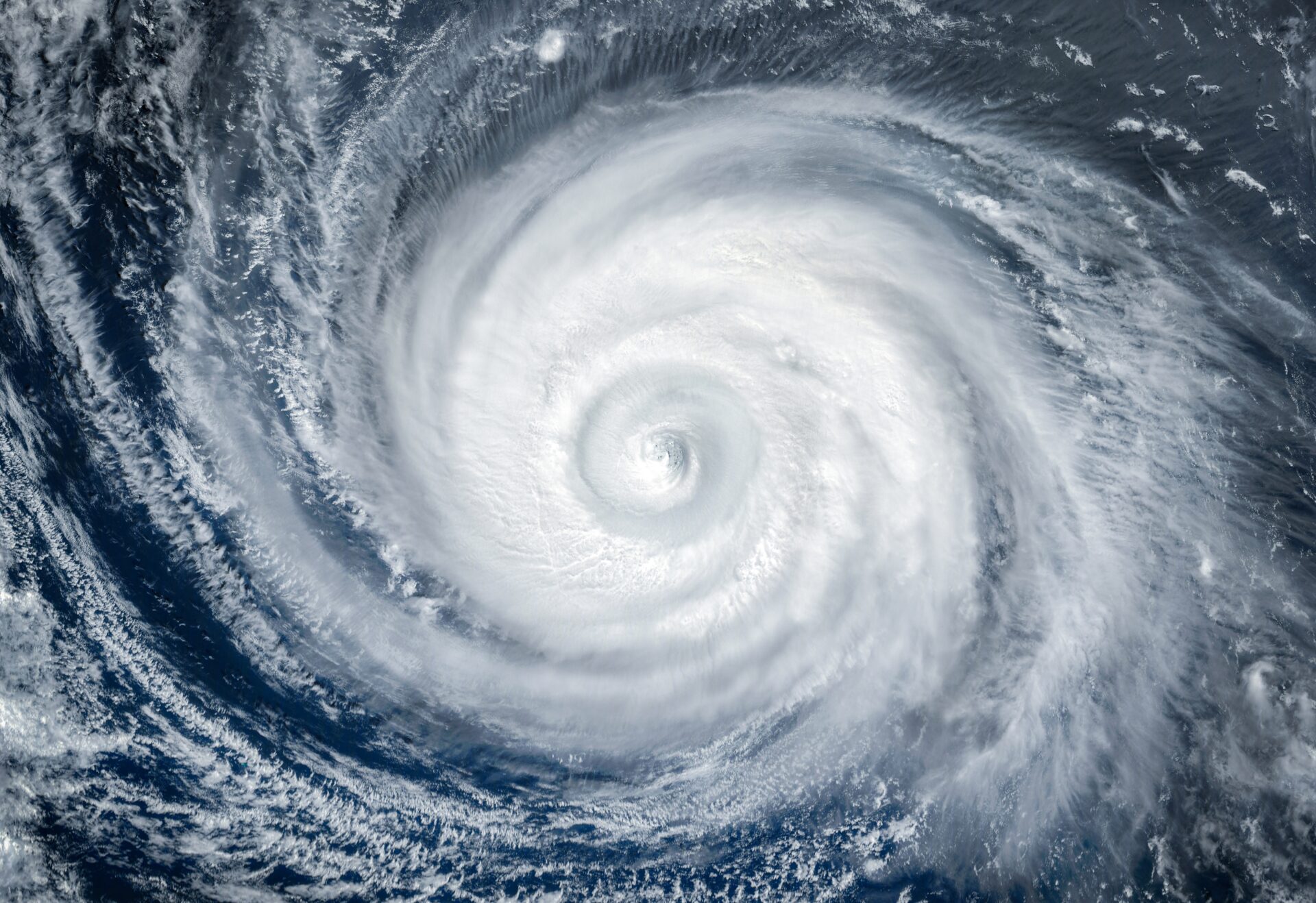
Tropical Storm Melissa Forms Over The Caribbean
Tropical Storm Melissa has developed over the Caribbean, with forecasters predicting its intensification and potential impact on several nations, including Haiti and the Dominican Republic. The storm’s formation in late October, fueled by unusually warm sea surface temperatures, raises concerns about potential flooding, landslides, and regional stability.
Story Highlights
- Tropical Storm Melissa has formed in the Caribbean, with potential for rapid intensification.
- Hurricane watches have been issued for Haiti, with flash flooding and landslides predicted.
- The storm targets nations with limited infrastructure, prompting concerns about displacement.
- Melissa’s development draws comparisons to Hurricane Matthew, which impacted Haiti in 2016.
Storm Development and Intensification
Tropical Storm Melissa formed over the Caribbean’s warm waters, with sea surface temperatures reported among the highest for late October. The National Hurricane Center reported sustained winds of 50 mph as of October 23, with predictions of intensification to hurricane status. Meteorologists note that these temperatures create conditions conducive to storm growth, with Melissa potentially reaching major hurricane status, defined by winds exceeding 111 mph. This marks the 13th named storm of the 2025 Atlantic season.
Hurricane #Melissa has begun its long-awaited period of rapid intensification. Radar reveals a nice inner core, with continued CBs indicating further organization.
Up to 80kts/974mb, NHC now explicitly forecasts a Category 5. pic.twitter.com/NwPPYEfawM
— banger weather account (@enhancedrisk) October 25, 2025
Potential Impact on Caribbean Nations
Hurricane watches have been issued for southern Haiti, and tropical storm watches are in effect for Jamaica, as Melissa tracks westward. The National Hurricane Center has warned of life-threatening flash flooding and landslides in the mountainous regions of Haiti and the Dominican Republic. These nations possess limited infrastructure to manage significant rainfall. Cuba may also experience impacts, as the storm’s trajectory could shift northward, potentially bringing hurricane-force winds and heavy rainfall to multiple islands.
Historical Context and Preparedness
Meteorological assessments indicate similarities between Melissa’s formation and Hurricane Matthew, which caused extensive damage and fatalities in Haiti in 2016. Late-season Caribbean hurricanes are noted for their potential to linger over vulnerable areas, leading to substantial rainfall and increased risk of landslides. Emergency response capabilities and infrastructure in the region are considered limited, which could amplify these risks. NOAA Hurricane Hunters have been deployed to assess the storm’s intensity, and local governments are coordinating emergency preparations.
Regional Stability Considerations
A major hurricane affecting Haiti and neighboring countries could lead to significant displacement and humanitarian challenges, which may have implications for U.S. interests. The Caribbean’s geographical importance contributes to the significance of regional stability, particularly concerning migration and economic disruptions. Past hurricanes in this area have resulted in refugee flows, which have impacted U.S. immigration and border security resources. Analysts have underscored the importance of disaster preparedness to mitigate potential migration crises.
Watch the reportTropical Storm Melissa may become major hurricane
Sources:
Tropical Storm Melissa forms in the Caribbean
Tropical Storm Melissa puts Caribbean’s most flood-vulnerable places at risk
Bryan Norcross: Tropical Storm Melissa likely to form in the Caribbean
Tropical Storm Melissa to strengthen into major hurricane


